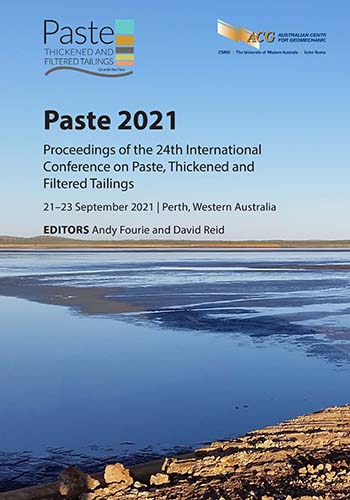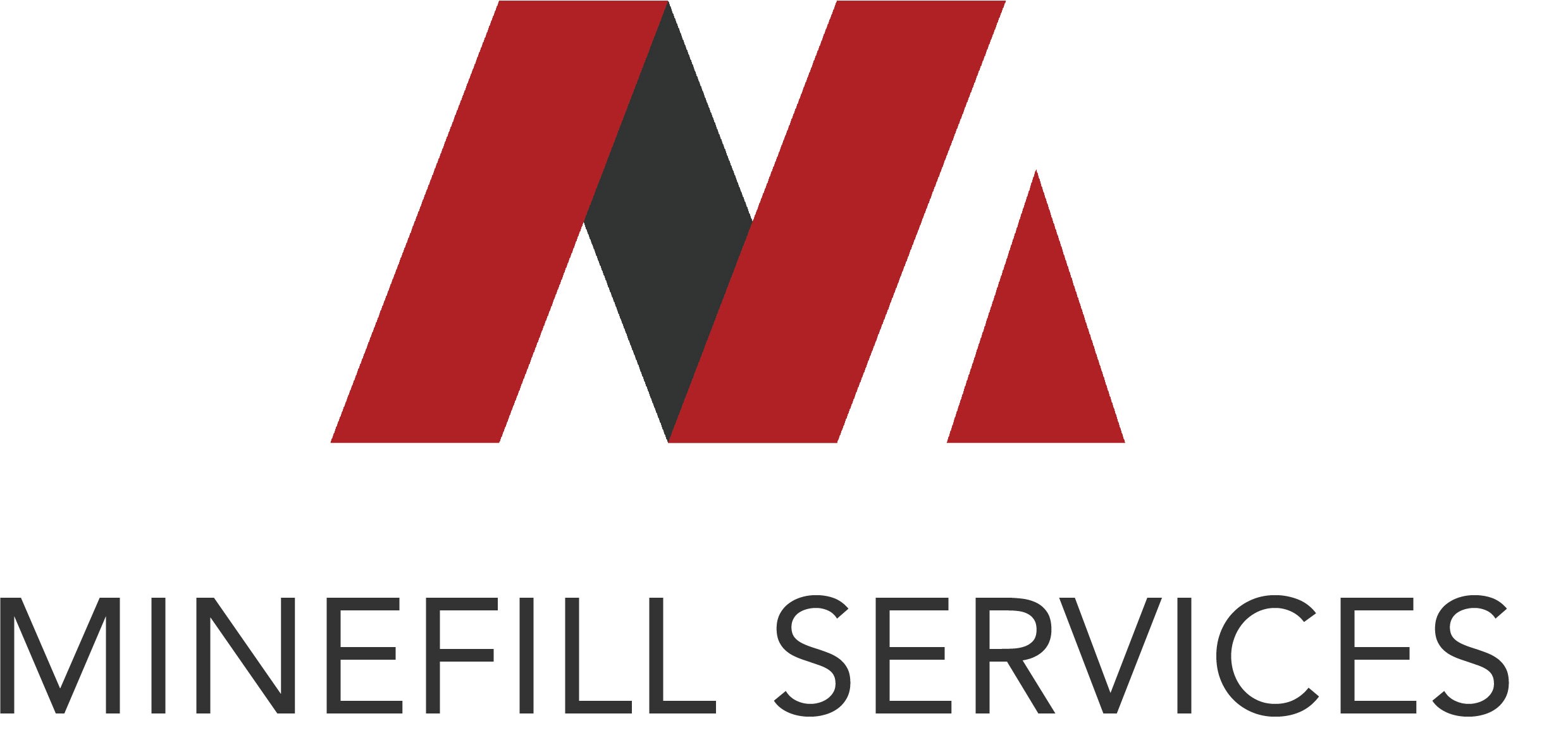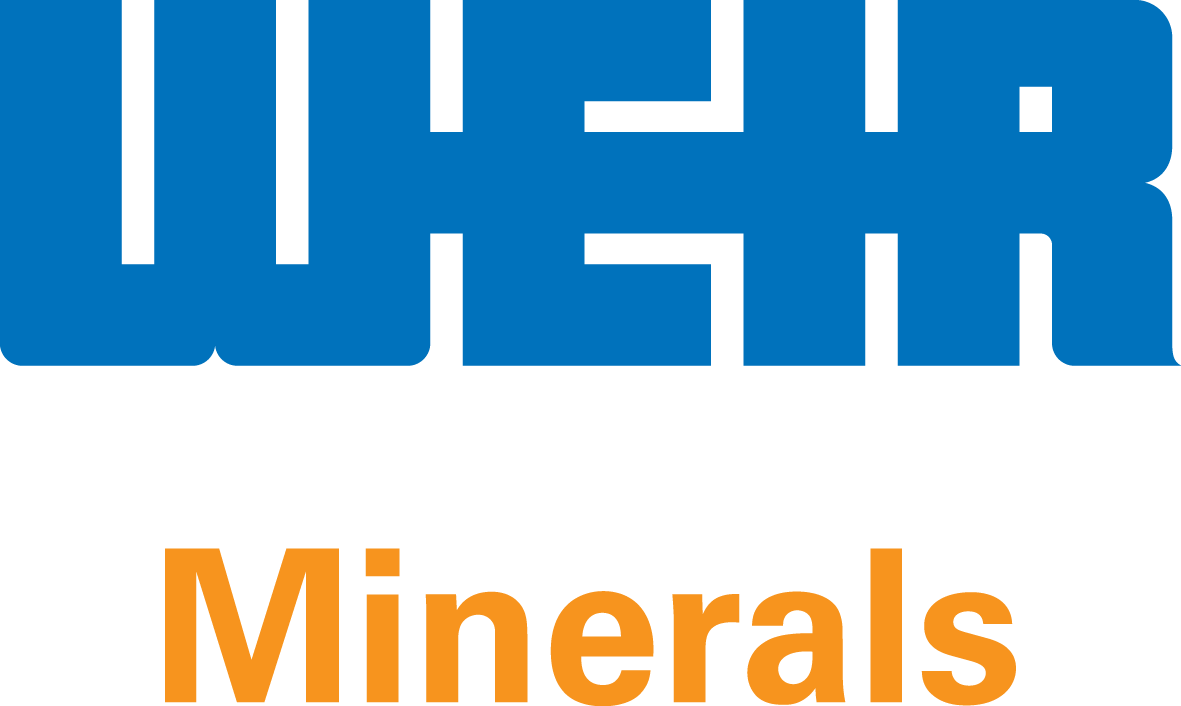In situ backfilll monitoring database

|
Authors: Oke, J; Hashemi, A |
DOI https://doi.org/10.36487/ACG_repo/2115_29
Cite As:
Oke, J & Hashemi, A 2021, 'In situ backfilll monitoring database', in AB Fourie & D Reid (eds), Paste 2021: Proceedings of the 24th International Conference on Paste, Thickened and Filtered Tailings, Australian Centre for Geomechanics, Perth, pp. 353-368, https://doi.org/10.36487/ACG_repo/2115_29
Abstract:
The history of backfilling underground mined-out voids dates back to the beginning of mining several centuries ago using rockfill. Currently, there are three major types of backfill: rock, hydraulic, and paste fill. When backfill is required to be exposed from mining beside or underneath, cement binder is added. Cemented hydraulic fill is the most commonly used backfill as it has existed for over 80 years. In the early 1960s, a series of field instrumentations were initiated by the US Bureau of Mines on hydraulic fill. These studies were conducted in order to better understand the characteristics of hydraulic backfill. Cemented paste backfill (CPB) has gained wider acceptance in the mining industry and the number of operations utilising CPB has expanded significantly. One of the earliest attempts at field measurement in CPB occurred over 20 years ago. Since then, extensive scientific research has been conducted on CPB material in order to provide mines with a rational design process; however, there has been limited published instrumentation programs. The authors’ affiliated company has been involved with in-stope backfill instrumentation programs at numerous operations. Because of the data collection and field experience, the authors have a better understanding of how in situ backfill behaves, and how operations can use this information to safely improve the efficiency of their backfilling operation. In order to improve the safety and efficiencies of backfilling for other mines and other practitioners, a collection of published data along with additional case studies are provided. This paper summarises both hydraulic and CPB instrumentation results focusing on the important mechanical properties of backfill: time to onset of effective stresses and hydrostatic loading (i.e. fluid backfill to soil‐like material), influences of flushes, thermal expansion and contraction, and influences of seismic and blast events.
Keywords: paste, hydraulic, backfill, instrumentation, thermal expansion/contraction
References:
Alcott, J, Dallaire, D & Belem, T 2019, ‘Pastefill optimisation at Hecla Québec's Casa Berardi mine’, Proceedings of the 53rd US Rock Mechanics/Geomechanics Symposium, American Rock Mechanics Association, Alexandria.
Belem, T, Harvey, A, Simon, R & Aubertin, M 2004, ‘Measurement and prediction of internal stresses in an underground opening during its filling with cemented fill’, in E Villaescusa & Y Potvin (eds), Proceedings of the Fifth International Symposium on Ground Support in Mining and Underground Construction, A.A. Balkema, Rotterdam, pp. 28–30.
Grabinsky, MW & Bawden, WF 2007, ‘In situ measurements for geomechanical design of cemented paste backfill systems’, Canadian Institute of Mining Bulletin, special edition on mining with backfill.
Grabinsky, MW 2010, ‘In situ monitoring for ground truthing paste backfill designs’, in R Jewell & AB Fourie (eds), Paste 2010: Proceedings of the Thirteenth International Seminar on Paste and Thickened Tailings, Australian Centre for Geomechanics, Perth, pp. 85–98,
Grice, T 1998, ‘Underground mining with backfill’, Proceedings of the 2nd Annual Summit - Mine Tailings Disposal Systems.
Hassani, F & Archibald, J 1998, Mine Backfill 1998, Canadian Institute of Mining, Metallurgy and Petroleum, Montreal.
Hasan, A, Suazo, G, Doherty, JP & Fourie, AB 2014, ‘In situ measurements of cemented paste backfilling in an operating stope at Lanfranchi Mine’, in Y Potvin & T Grice (eds), Proceedings of the Eleventh International Symposium on Mining with Backfill, Australian Centre for Geomechanics, Perth, pp. 327–336,
Helinski, M, Fahey, M & Fourie, A 2011, ‘Behavior of cemented paste backfill in two mine stopes: measurements and modeling’, Journal of Geotechnical and Geoenvironmental Engineering, vol. 137, no. 2, pp. 171–182.
Jafari, M, Shahsavari, M & Grabinsky, M 2020, ‘Cemented paste backfill 1-D consolidation results interpreted in the context of ground reaction curves’, Rock Mechanics and Rock Engineering, vol. 53, no. 9, pp. 4299–4308.
Le Roux, K, Bawden, WF & Grabinsky, MW 2005, ‘Field properties of cemented paste backfill at the Golden Giant mine’, Mining Technology, vol. 114, no. 2, pp. 65–80.
Oke, J, Hawley, K, Belem, T & Hashemi, A 2021a, ‘Paste backfill thermal contraction: Red Lake operations case study’, in AB Fourie
& D Reid (eds), Paste 2021: Proceedings of the 24th International Conference on Paste, Thickened and Filtered Tailings, Australian Centre for Geomechanics, Perth, pp. 425–438.
Oke, J, Hawley, K, Belem, T & Hashemi, A 2021b, ‘Paste backfill continuous pour: Red Lake operations case study’, in AB Fourie
& D Reid (eds), Paste 2021: Proceedings of the 24th International Conference on Paste, Thickened and Filtered Tailings, Australian Centre for Geomechanics, Perth, pp. 381–396.
Potvin, Y, Thomas, E & Fourie, AB 2005, Handbook on Mine Fill, Australian Centre for Geomechanics, Perth.
Thompson, BD, Grabinsky, MW, Bawden, WF & Counter, DB 2009, ‘In-situ measurements of cemented paste backfill in long-hole stopes’, in M Diederichs & G Grasselli (eds), Proceedings of the 3rd CANUS Rock Mechanics Symposium, pp. 197–198.
Thompson, BD, Bawden, WF & Grabinsky, MW 2011, ‘In situ monitoring of cemented paste backfill pressure to increase backfilling efficiency’, CIM Journal, vol. 2, no. 4, pp. 1–10.
Thompson, BD, Bawden, WF & Grabinsky, MW 2012, ‘In situ measurements of cemented paste backfill at the Cayeli Mine’, Canadian Geotechnical Journal, vol. 49, no. 7, pp. 755–772.
Thompson, BD, Simon, D, Grabinsky, MW, Counter, DB & Bawden, WF 2014a, ‘Constrained thermal expansion as a causal mechanism for in situ pressure in cemented paste and hydraulic backfilled stopes’, in Y Potvin & T Grice (eds), Proceedings of the 11th International Symposium on Mining with Backfill, Australian Centre for Geomechanics, Perth, pp. 365–378,
Thompson, BD, Hunt, T, Malek, F, Grabinsky, MW & Bawden, WF 2014b, ‘In situ behaviour of cemented hydraulic and paste backfills and the use of instrumentation in optimising efficiency’, in Y Potvin & T Grice (eds), Proceedings of the 11th International Symposium on Mining with Backfill, Australian Centre for Geomechanics, Perth, pp. 337–350,
10.36487/ACG_rep/1404_27_Thompson
Yang, P 2016, Investigation of the Geomechanical Behavior of Mine Backfill and its Interaction with Rock Walls and Barricades, doctoral dissertation, École Polytechnique de Montréal, Montreal.
Yumlu, M 2001, ‘Backfill practices at Çayeli mine’, in E Ünal, B Ünver & E Tercan (eds), Proceedings of the 17th International Mining Congress and Exhibition of Turkey, The Chamber of Mining Engineers of Turkey, Ankara, pp. 333–339.
© Copyright 2024, Australian Centre for Geomechanics (ACG), The University of Western Australia. All rights reserved.
View copyright/legal information
Please direct any queries or error reports to repository-acg@uwa.edu.au
View copyright/legal information
Please direct any queries or error reports to repository-acg@uwa.edu.au





